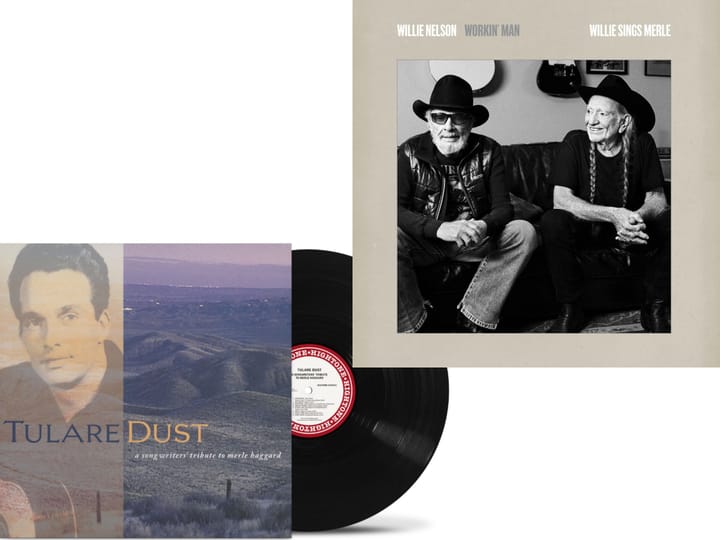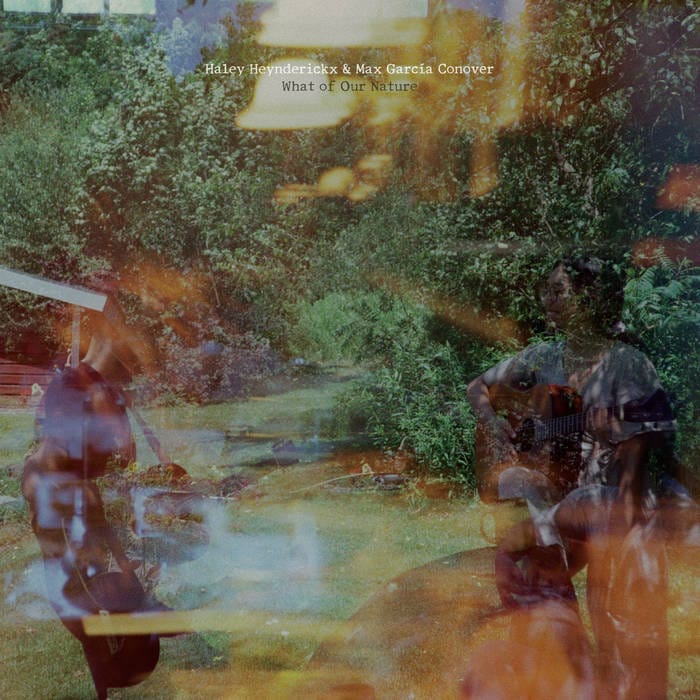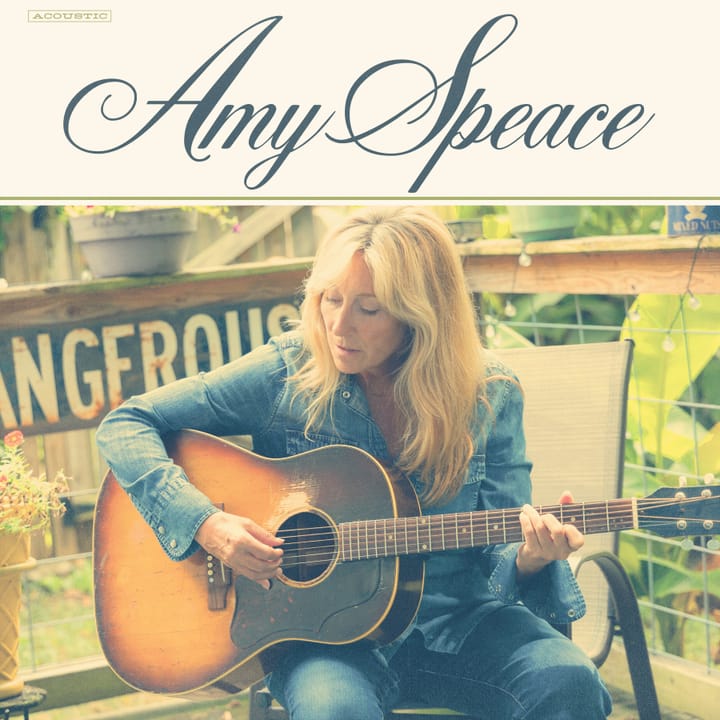The title of this collection of black string- and jug-band recordings isn't just a figure of speech. Every fiddle here talks, and not just as another voice within the instrumental ensemble, but as a voice that utters the words of the song -- the lyrics. Much as the talking drums of West Africa do, the violinists on these sides employ configurations of rhythm and pitch that correspond to those of the human voice. Whether mimicking a line like "Shake that thing" or completing a call-and-response cycle with a musical phrase that resembles a holler or moan, these fiddlers use vibrato, sliding notes, and other techniques to reproduce the quirks and subtleties of everyday speech.
Scrupulously assembled by folklorist Marshall Wyatt, the 24 sides collected here, most of which feature human voices as well, draw on the vast storehouse of rags, stomps and waltzes which predated the blues styles that emerged in the 1920s and '30s.
Included are such bluegrass and blues staples as "Salty Dog" and "Baby, Please Don't Go", as well as versions of songs commonly known under other titles. The Mississippi Sheiks' "Stop And Listen Blues No. 2", for example, is a reworking of Tommy Johnson's "Big Road Blues". The Tennessee Chocolate Drops' "Vine Street Drag" borrows freely from the hillbilly standard "Bully Of The Town". These aren't obscure field recordings: As with those on Harry Smith's Anthology Of American Folk Music, all of these sides were cut for such commercial labels as Okeh, Bluebird, Paramount and Gennett.
Many of the most popular down-home African-American acts of the prewar era are represented here as well. There's Lonnie Johnson, best-known for his brilliant guitar work; the Mississippi Sheiks, of "Sitting On Top Of The World" fame; hokum purveyor and sometime Sheik Bo Chatmon (aka Bo Carter); Muddy Waters sideman Henry Sims; the Memphis Jug Band, featuring the great Will Shade on fiddle; and bluesman Big Joe Williams, whose Washboard Blues Singers include "Dad" Tracy on one-string fiddle.
Other heavy hitters from this period, such as Will Batts, Frank Stokes and Howard Armstrong, are present too. (Armstrong, who is still active today, was the subject of Crumb director Terry Zwigoff's delightful 1985 documentary Louie Bluie.) The album's only notable omission seems to be the lack of anything by the duo Frazier & Patterson.
The stylistic range of fiddle playing on these sides, from the uptown swing of Johnson to the backwoods sawing of Sims, is just as far-reaching. But uniting them all, and setting them apart from the white fiddle records of their day, are the hallmarks of most African-derived music: the driving rhythms; the emphasis on improvisation; and the coarse, or "dirty," timbres (tonalities that resemble natural harmonic resonances, as opposed to the more limiting tempered scale of European music).
Many of these elements, of course, seeped into the playing of white musicians of the period, such as Bob Wills and Blue Grass Boy Chubby Wise. And today, apart from the likes of Gatemouth Brown, most fiddlers in the United States are white. But 60 to 70 years ago, these African trademarks separated most Southern black violinists from their European American counterparts. Still, performing as they did for white dances and house parties, black string bands in turn learned the repertoires and styles of Tin Pan Alley. The Mississippi Mud Steppers' "Alma Waltz", an adaptation of Irving Berlin's "Marie", is perhaps the most obvious example on this collection.
Despite its vitality and elasticity -- the music here is as warm and infectious as any ever recorded -- the black fiddle tradition didn't survive long after World War II. The only postwar recording on Violin, Sing The Blues For Me, for example, is by the Mobile Strugglers, an unissued take of "Memphis Blues" from 1949. Pitted against the newer, flashier, guitar-based blues, the older jug- and string-band styles seemed quaint by comparison. And with roots in the 19th century, if not before, they in some respects were -- a fact not lost on the pickers themselves, who often pandered to the blues fans of the day by tacking the word blues onto a song's title.
Black fiddle- and string-band recordings may have vanished by 1950, but their influence is still felt today. It's in the blues that made its way north from Mississippi to Chicago and, from there, to the rest of the world. It's in the picking of bluegrass bands and old-time music revivalists. It's even evident in the records of Bob Dylan, who based the title cut of Highway 61 Revisited on "Highway No. 61 Blues", a version of which, by Jack Kelly & His South Memphis Jug Band, is included here.




Comments ()